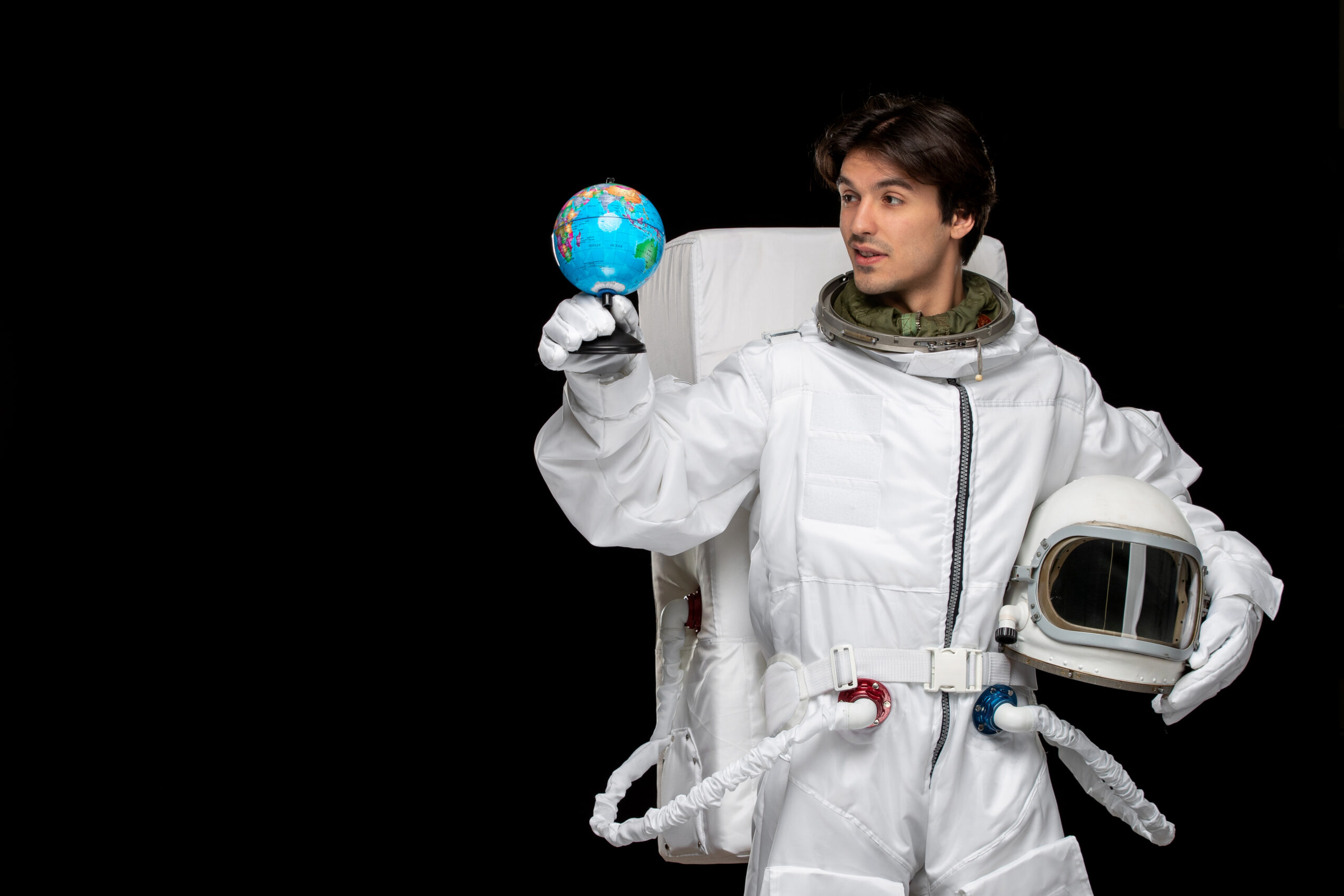


Explore by City
Explore Multiverse IIT in your preferred City

Varachha
Surat

Gunjan
Vapi

Haria Park
Vapi

Jaipur
Rajasthan
Explore our learning Programs

Foundation
Multiverse Prarambh IIT is the foundation where brilliance begins — Shaping young minds with strong concepts, clear vision, and unwavering confidence for IIT success.

JEE ( Main/Adv )
At Multiverse Prarambh IIT, we build the foundation for JEE success — With strong concepts, expert guidance, and a vision to turn students into future IITians.

NEET UG
At Multiverse Prarambh IIT, we nurture NEET UG aspirants with precision and care — Building strong concepts, discipline, and confidence to crack the medical entrance with excellence.

MSAT
M-SAT at Multiverse Prarambh IIT is your gateway to mastering science and aptitude — Preparing you with precision, speed, and strategy for competitive success.

Boards
Multiverse Prarambh IIT builds a strong foundation for your Board exams — With expert guidance, focused practice, and a clear path to top results.
Study Resources
A wide range of learning resources designed to enrich your educational experience.
Notes
Use MIIT International’s comprehensive study materials that break down complex concepts into clear and simple language.

Reference Books
Our experts have crafted study materials that make complicated concepts simple and easy to understand.

NCERT Solutions
Reach your academic goals with MIIT International’s NCERT Solutions, featuring detailed step-by-step explanations.

Education Services

Complete Study Material
The study materials are organized module-wise for NEET and IIT-JEE levels, based on the subject or topic you are studying.

Well Experienced Teacher
MIIT International is home to a team of top-tier faculty, combining IITians and subject matter experts, all dedicated to providing high-quality education.

Stringent Test Series
Weekly mock tests allow students to evaluate their progress and pinpoint areas for improvement.

Regular Interaction with Parents
The marks of each test will be sent directly to parents, allowing them to stay connected and track their child’s progress.

Class Learning Programs
We offer Engineering, Medical, and Foundation classroom programs to support students in CBSE, GSEB, and competitive exam preparations.

Ideal Learning Environment
Establish clear and realistic goals before starting your study session. A defined purpose will help students stay focused and motivated.
Get Free Counselling Sessions
Multiverse IIT offers free guidance sessions with our expert faculty. Join now to get all your queries resolved.
-

Ensure, which courier to Choose
-

Get tips & tricks to crack IIT/NEET
-

Get all your Queries Resolved

